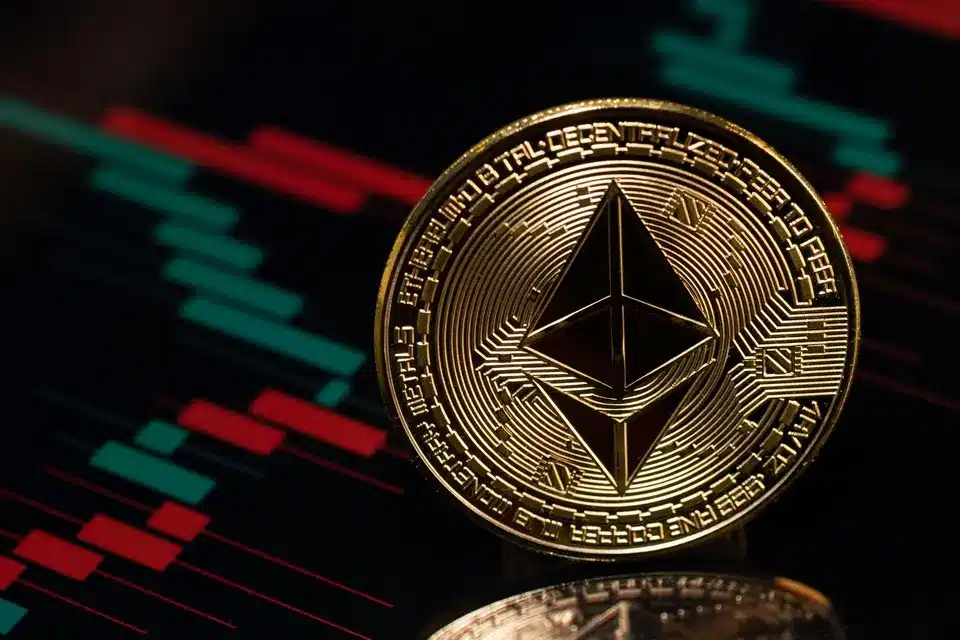In the ever-evolving world of cryptocurrencies, an intriguing development has taken center stage: Dogecoin (DOGE), the cryptocurrency with a strong meme-based identity and the largest market value in its category, has surprised many by displaying more price stability compared to its counterpart and industry frontrunner, Bitcoin (BTC). This unanticipated shift in volatility levels is now shining a spotlight on the changing dynamics within the cryptocurrency market.
Based on the most recent data retrieved from TradingView, DOGE’s annualized 30-day realized volatility presently stands at 30%. Notably, this figure is lower than Bitcoin’s 35%. Realized volatility, a critical metric, calculates the standard deviation of daily percentage price changes in an asset over a specific period.
In the past, DOGE has often been associated with higher volatility compared to Bitcoin, making it a choice perceived as riskier by investors. It’s essential to clarify that the newfound stability observed in DOGE’s price should not be misconstrued as a signal of market maturity. Instead, it likely stems from the current subdued interest among investors in alternative cryptocurrencies.
Bitcoin’s dominance rate, signifying its share in the overall cryptocurrency market, has risen from approximately 40% to 50% over the course of this year. This shift suggests a significant flow of liquidity from alternative cryptocurrencies into Bitcoin, the flagship asset in the crypto industry. While Bitcoin has witnessed a substantial price increase of 60% this year, DOGE, in contrast, has experienced a decline of just over 12%, as indicated by data sourced from CoinDesk.
Additional liquidity metrics, such as the aggregate 1% market depth, tell a similar tale. This metric evaluates the bids and asks within 1% of the mid-price for all order books on major cryptocurrency exchanges. At the end of the preceding month, the aggregate 1% market depth for the top 10 altcoins notably lagged behind that of Bitcoin and Ethereum, as per data reported by Paris-based Kaiko.
The cryptocurrency market as a whole has seen a decline in activity, with trading volumes in the spot market reaching a four-year low of $475 billion in August. This dwindling liquidity not only applies to DOGE but also extends to other alternative coins, aligning with the current atmosphere of uncertainty regarding regulatory measures for smaller cryptocurrencies.
Earlier this year, the U.S. Securities and Exchange Commission (SEC) alluded to several altcoins as securities during its legal actions against prominent digital asset exchanges Coinbase and Binance. Although DOGE and SHIB were not explicitly mentioned, the potential for stricter regulations targeted at altcoins could eventually have repercussions for meme-based cryptocurrencies.








